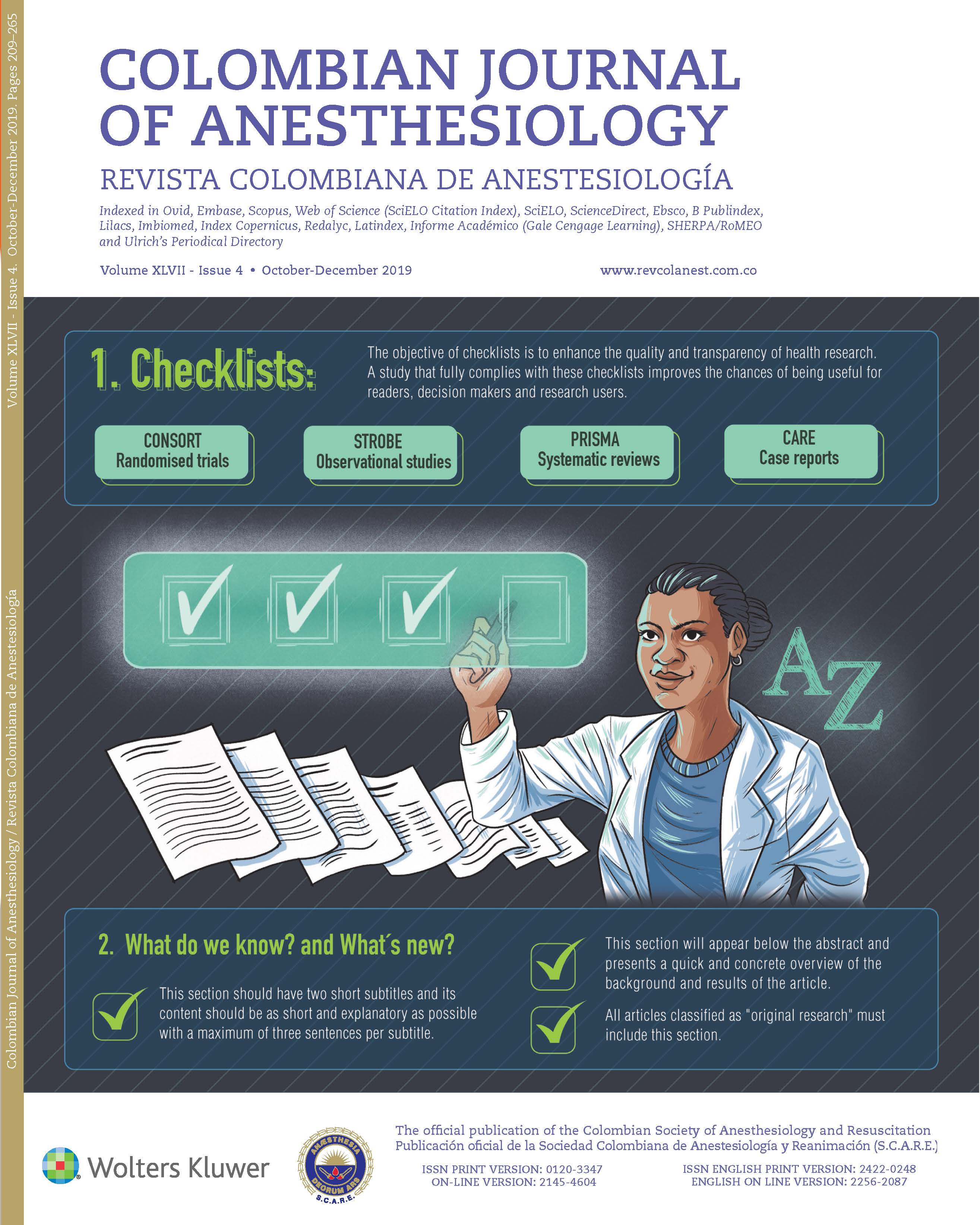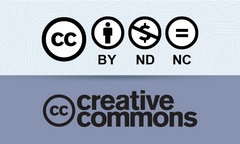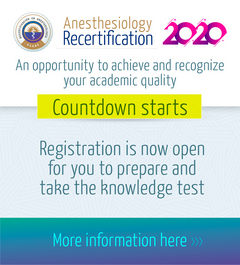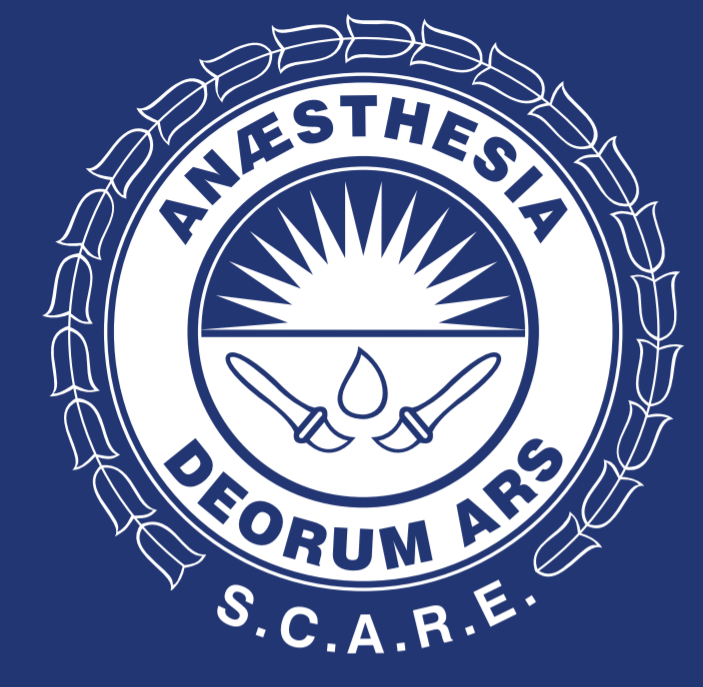Analysis of complications after Whipple's procedure using ERAS protocols
Abstract
Background:
The administration of perioperative fluids is a controversial issue that can be associated with the development of postoperative pancreatic fistula (POPF) after Whipple procedure.
Objective:
To evaluate whether intraoperative fluid management along with Enhanced Recovery after Surgery (ERAS) protocols affect outcomes following major pancreatic resection.
Methods:
A retrospective cohort study was conducted from January 2012 to January 2017, collecting all patients scheduled for duodenopancreatectomy (DP). Patients were divided into 2 groups according to the use of ERAS protocols and the use of a fluid therapy algorithm.
Results:
A total of 67 patients were analyzed, 49.3% of which were females. The most frequent diagnoses were Pancreatic Cancer n:48 (71.6%), followed by intraductal papillary mucinous neoplasm n:6 (9%). The majority of patients were in the ERAS group n:46 (68.7%); 80.4% and 95.7% of them did not develop pancreatic fistula or delayed gastric emptying (DGE) respectively, and the incidence for both was 11.94%. Fluid therapy was below 5000 mL (P=0.001) with blood loss less 300 mL (P = 0.001) in the ERAS group. The length of stay was shorter in the ERAS group (7 days, interquartilel range 5-12, P < 0.001). No differences in 30 days mortality were found.
Conclusion:
The implementation of ERAS protocols in DP did show a decrease in intraoperative blood loss, intravenous fluids therapy, need for transfusion, DGE, or total hospital stay. However, intraoperative fluid restriction in DP did not show a reduction in the development of POPF.
References
2. Ahmad SA, Edwards MJ, Sutton JM, et al. Factors influencing readmission after pancreaticoduodenectomy: a multi-institution-al study of 1302 patients. Ann Surg 2012;256:529-537.
3. Callery MP, Pratt WB, Kent TS, et al. A prospectively validated clinical risk score accurately predicts pancreatic fistula after pancreatoduodenectomy. J Am Coll Surg 2013;216:1-14.
4. Lassen K, Coolsen MME, Slim K, et al. Guidelines for perioperative care for pancreaticoduodenectomy: Enhanced Recovery after Surgery (ERAS(r)) Society recommendations. World J Surg 2013;37: 240-258.
5. Sikora SS, Posner MC. Management of the pancreatic stump following pancreaticoduodenectomy. Br J Surg 1995;82: 1590-1597.
6. Bassi C, Marchegiani G, Dervenis C, et al. The 2016 update of the International Study Group (ISGPS) definition and grading of postoperative pancreatic fistula: 11 years after. Surgery 2017; 161:584-591.
7. Wente MN, Bassi C, Dervenis C, et al. Delayed gastric emptying (DGE) after pancreatic surgery: a suggested definition by the International Study Group of Pancreatic Surgery (ISGPS). Surgery 2007;142:761-768.
11. Gan TJ, Soppitt A, Maroof M, et al. Goal-directed intraoperative fluid administration reduces length of hospital stay after major surgery. Anesthesiology 2002;97:820-826.
12. Voldby AW, Brandstrup B. Fluid therapy in the perioperative setting-a clinical review. J Intensive Care 2016;4:27.
13. Mythen MG, Swart M, Acheson N, et al. Perioperative fluid management: consensus statement from the enhanced recovery partnership. Perioper Med (Lond) 2012;1:2.
14. Cannesson M, Ramsingh D, Rinehart J, et al. Perioperative goal-directed therapy and postoperative outcomes in patients under-going high-risk abdominal surgery: a historical-prospective, comparative effectiveness study. Crit Care 2015;19:261.
15. Navarro LHC, Bloomstone JA, Auler JOC, et al. Perioperative fluid therapy: a statement from the international Fluid Optimization Group. Perioper Med (Lond) 2015;4:3.
16. Benes J, Giglio M, Brienza N, et al. The effects of goal-directed fluid therapy based on dynamic parameters on post-surgical outcome: a meta-analysis of randomized controlled trials. Crit Care 2014;18:584.
17. Visioni A, Shah R, Gabriel E, et al. Enhanced recovery after surgery for non-colorectal surgery?: a systematic review and meta-analysis of major abdominal surgery. Ann Surg 2018;267:57-65.
18. Scott MJ, Miller TE. Pathophysiology of major surgery and the role of enhanced recovery pathways and the anesthesiologist to improve outcomes. Anesthesiol Clin 2015;33:79-91.
19. Jones C, Kelliher L, Dickinson M, et al. Randomized clinical trial on enhanced recovery versus standard care following open liver resection: enhanced recovery following open liver resection. Br J Surg 2013;100:1015-1024.
20. Joliat GR, Labgaa I, Hübner M, et al. Cost-benefit analysis of the implementation of an enhanced recovery program in liver surgery. World J Surg 2016;40:2441-2450.
21. Han IW, Kim H, Heo J, et al. Excess intraoperative fluid volume administration is associated with pancreatic fistula after pancreaticoduodenectomy: a retrospective multicenter study. Medicine (Baltimore) 2017;96:e6893.
22. Pedrazzoli S. Pancreatoduodenectomy (PD) and postoperative pancreatic fistula (POPF): a systematic review and analysis of the POPF-related mortality rate in 60,739 patients retrieved from the English literature published between 1990 and 2015. Medicine (Baltimore) 2017;96:e6858.
23. Fischer M, Matsuo K, Gonen M, et al. Relationship between intraoperative fluid administration and perioperative outcome after pancreaticoduodenectomy: results of a prospective randomized trial of acute normovolemic hemodilution compared with standard intraoperative management. Ann Surg 2010;252:952-958.
24. Khalil JA, Mayo N, Dumitra S, et al. Pancreatic fistulae after a pancreatico-duodenectomy: are pancreatico-gastrostomies safer than pancreatico-jejunostomies? An expertise-based trial and propensity-score adjusted analysis. HPB (Oxford) 2014;16:1062-1067.
25. Chen BP, Chen M, Bennett S, et al. Systematic review and meta-analysis of restrictive perioperative fluid management in pancreaticoduodenectomy. World J Surg 2018;42:2938-2950.
26. Wang S, Wang X, Dai H, et al. The effect of intraoperative fluid volume administration on pancreatic fistulas after pancreaticoduodenectomy. J Invest Surg 2014;27:88-94.
27. Berger AC, Howard TJ, Kennedy EP, et al. Does type of pancreaticojejunostomy after pancreaticoduodenectomy de-crease rate of pancreatic fistula? A randomized, prospective, dual-institution trial. J Am Coll Surg 2009;208:738-747.
28. Tran K, Van Eijck C, Di Carlo V, et al. Occlusion of the pancreatic duct versus pancreaticojejunostomy: a prospective randomized trial. Ann Surg 2002;236:422-428. discussion 428.
29. Z’graggen K, Uhl W, Friess H, et al. How to do a safe pancreatic anastomosis. J Hepatobiliary Pancreat Surg 2002;9:733-737.
30. Dong Z, Xu J, Wang Z, et al. Stents for the prevention of pancreatic fistula following pancreaticoduodenectomy. Cochrane Database Syst Rev 2013;CD008914.
31. Yang SH, Dou KF, Sharma N, et al. The methods of reconstruction of pancreatic digestive continuity after pancreaticoduodenectomy: a meta-analysis of randomized controlled trials. World J Surg 2011;35:2290-2297.
32. Melis M, Marcon F, Masi A, et al. Effect of intra-operative fluid volume on peri-operative outcomes after pancreaticoduodenectomy for pancreatic adenocarcinoma: intra-operative fluids and pancreatectomy. J Surg Oncol 2012;105:81-84.
Downloads
Altmetric
| Article metrics | |
|---|---|
| Abstract views | |
| Galley vies | |
| PDF Views | |
| HTML views | |
| Other views | |














